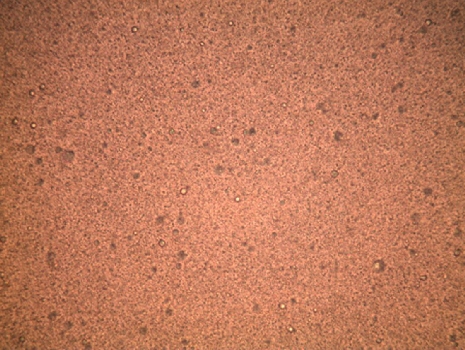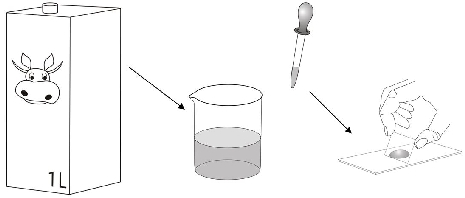Principle
Milk is an important basic food because it supplies the body with proteins for building up muscles, calcium for the stabilization of bones, and vitamins. Unprocessed fresh milk from the cow has a fat content ranging from 3.5 to 5 percent. The fat content of purchased milk is reported in percent and printed on the milk carton. The fat content of commercially available milk is either at 0.3%, 1.5% or 3.5%. Consequently, fat is withdrawn from the milk before it is sold and then the concentrations desired are subsequently added. Milk is homogenized in order to prevent the fat from floating on the surface in bottles or cartons. You will explore the effects of homogenization on the size of lipid droplets.
Benefits
- Experiment is part of a complete solution set with a total of 50 experiments for all microscopy applications
- With student worksheet, appropriate for all class levels
- With detailed instructor information, incl. sample microscopy image
- Optimized for tight schedules, i.e. minimum preparation time required
- Microscopy solution set specifically designed to include all required accessories
- Content available with matching multimedia files




